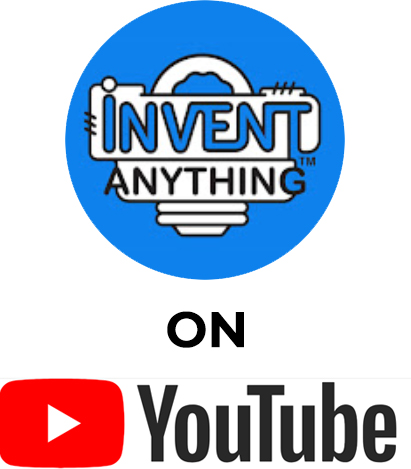Startups and inventors often face tight budgets and limited resources. However, constraints are not roadblocks—they are catalysts for creativity. Some of the most innovative solutions arise from environments where time, money, or tools are scarce. This article explores how startups can thrive by embracing limitations to unlock their inventive potential.
Why Constraints Spark Creativity
When resources are scarce, creativity flourishes. Think of a tightrope walker performing without a safety net—they become hyper-focused and more efficient. Similarly, startups and inventors facing constraints are pushed to think beyond conventional solutions. With fewer tools at hand, they discover new ways to solve problems, often uncovering ideas that wealthier competitors might overlook. Asking, How can we make this work with what we have? becomes a guiding question that drives these creative solutions forward.
Adding Structure to Fuel Innovation
Innovation benefits from just the right amount of structure. Consider varying scenarios of problem-solving challenges:
- Total freedom: Results can be mixed and unfocused.
- A well-defined challenge: Performance improves with clarity.
- Some constraints and tools: This setup consistently produces the best outcomes.
- Overly prescriptive instructions: Creativity dwindles.
Constraints, when used thoughtfully, provide a framework that encourages innovation. Startups embracing resource limits often achieve more than those operating with unrestricted budgets.
The Power of Free Resources
You don’t need a costly lab to develop intellectual property. Today, free online platforms provide access to top-tier knowledge. For instance, MIT OpenCourseWare offers valuable courses on topics like quantum computing. Startups can also leverage YouTube tutorials and open-source software to develop prototypes or deepen their expertise. Ultimately, the key lies not in how much money you have but in how creatively you apply what is available.
Setting Clear Challenges for Your Team
An effective way to drive creativity is to set expectations and challenges for your team. Leaders can encourage innovative thinking by asking employees to identify problems and suggest multiple solutions. Establishing specific goals—such as filing a certain number of patents each year—ensures that innovation becomes a habit, even within tight resource constraints.
The key takeaway: structured challenges inspire creative solutions. Limited time or budget should not discourage ambition; rather, it should become a motivator for achieving more with less.
Practical Tips for Innovating on a Budget
- Challenge your team: Encourage them to solve problems creatively within constraints.
- Simplify options: Too many resources can overwhelm; a limited toolkit often sparks new ways of thinking.
- Use free learning tools: Platforms like MIT OpenCourseWare can help build expertise without financial burden.
- Motivate with rewards: Provide initial extrinsic rewards, but focus on building intrinsic motivation.
- Diversify your team: Involve people with varied perspectives to generate more creative ideas.
Transforming Constraints into Intellectual Property
Turning ideas into intellectual property can seem daunting, but some of the most valuable patents emerged from limited resources. Constraints can drive unique inventions, opening doors to valuable IP opportunities. With the right intellectual property consultancy, startups can turn these challenges into competitive advantages.
Conclusion: Embrace Limitations for Innovation
Constraints are not obstacles—they are opportunities. Focusing on creative solutions for startups with limited resources allows businesses to unlock new ideas and transform challenges into strengths. Whether scaling a startup or pursuing your next invention, embracing limits could lead to your most impactful innovation yet.
Stay curious, stay inventive, and remember: innovation thrives when resources are scarce.


